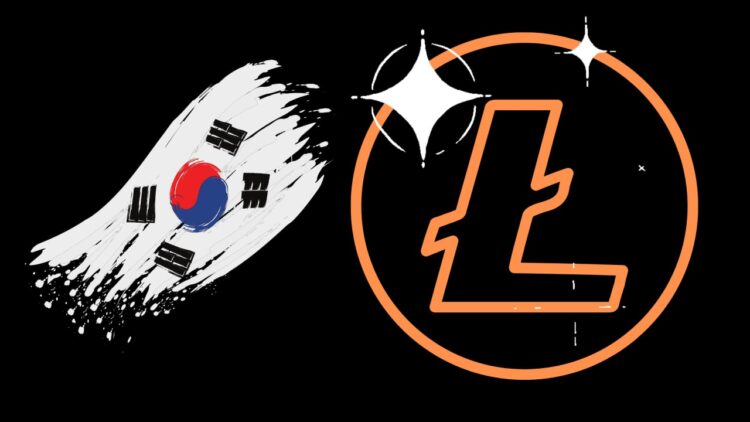As of the 9th of June, at least five crypto exchanges in South Korea have confirmed that they will be delisting Litecoin. Bithumb, Coinone, Upbit, Kobit, and Gopax have all asked users to prepare to sell their LTC in the coming weeks.
This recent change came as a result of Litecoin’s MimbleWimble upgrade. The upgrade will enable LTC users to enjoy better privacy on the Litecoin network, which does not align with the South Korean anti-money laundering regulation. Will the loss of South Korean users be an issue for Litecoin?
Litecoin Delisting Will Hardly be an Issue
Litecoin is one of the few cryptocurrencies that have survived the test of time. The crypto asset was introduced in 2011 and has played a valuable role in the crypto ecosystem for over a decade. May altcoins that were launched shortly after the invention of Bitcoin are hardly known today, but not for Litecoin. It has survived extreme sell-offs and has recovered.
Another reason why the delisting of Litecoin will hardly impact the ecosystem is that several other exchanges still trade LTC. Binance, Coinbase, Gemini, and other top twenty CEXs have not made any moves to delist the token. Additionally, these top exchanges already support privacy coins like Zcash and Monero, so the inclusion of privacy in Litecoin’s framework will hardly cause alarm.
Litecoin’s blockchain has been improving its usability in recent times. With further experiments on cross-chain compatibility for tokens, Litecoin has been used as a testing ground to implement atomic swaps. Atomic swaps are exchanges between two parties from different blockchains. This success on Litecoin’s blockchain will help determine if Bitcoin’s blockchain can implement the framework.
As Litecoin losses users in South Korea, the blockchain attracts more users in other parts of the world. Users concerned about protecting their privacy will embrace Litecoin because of the MWEB upgrade. When Litecoin use soars again, the crypto asset may move higher in the crypto ranks. Litecoin is currently ranked twenty on the charts by market capitalization and has spent most of the years in the top 2% of crypto assets.










